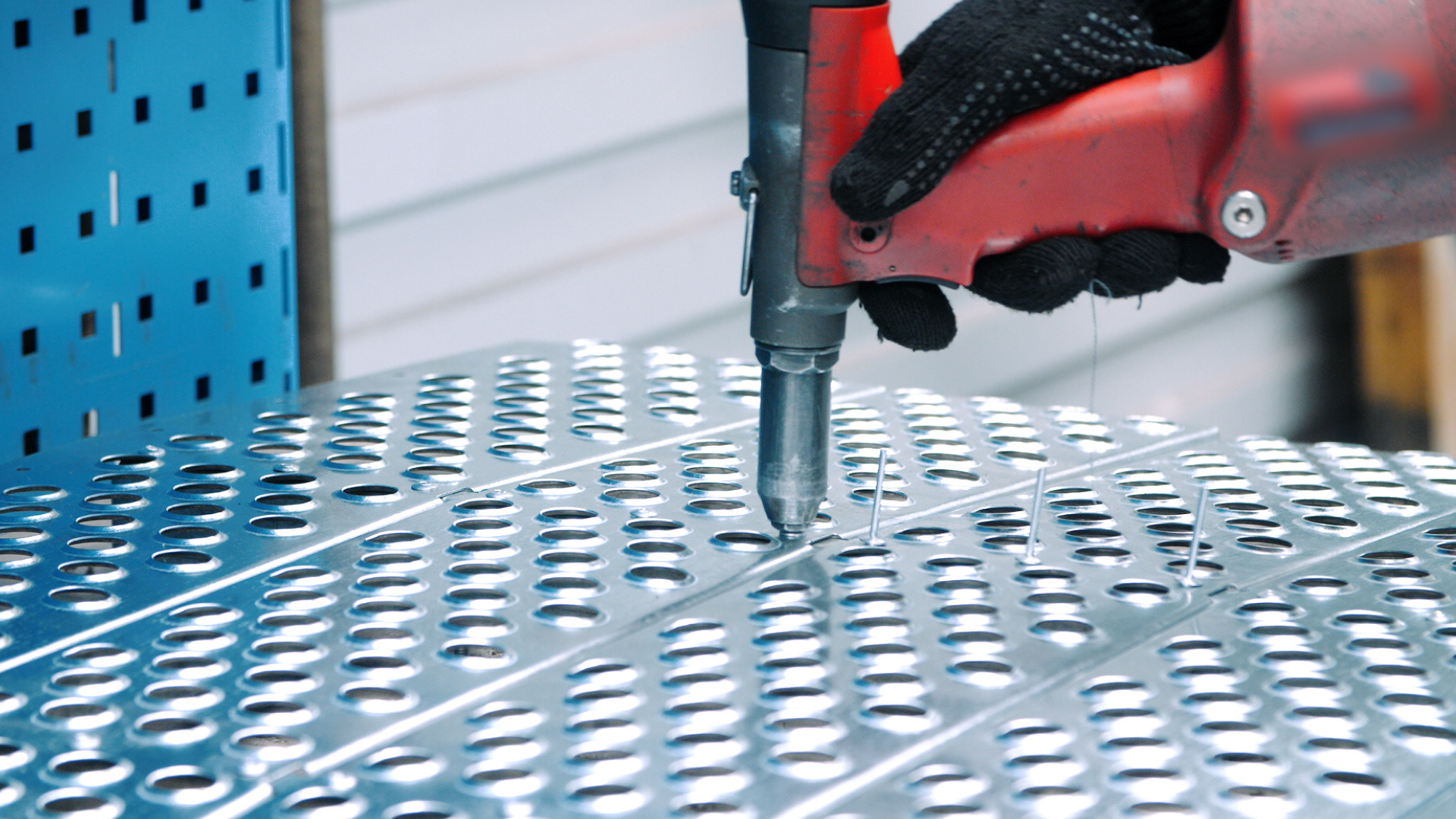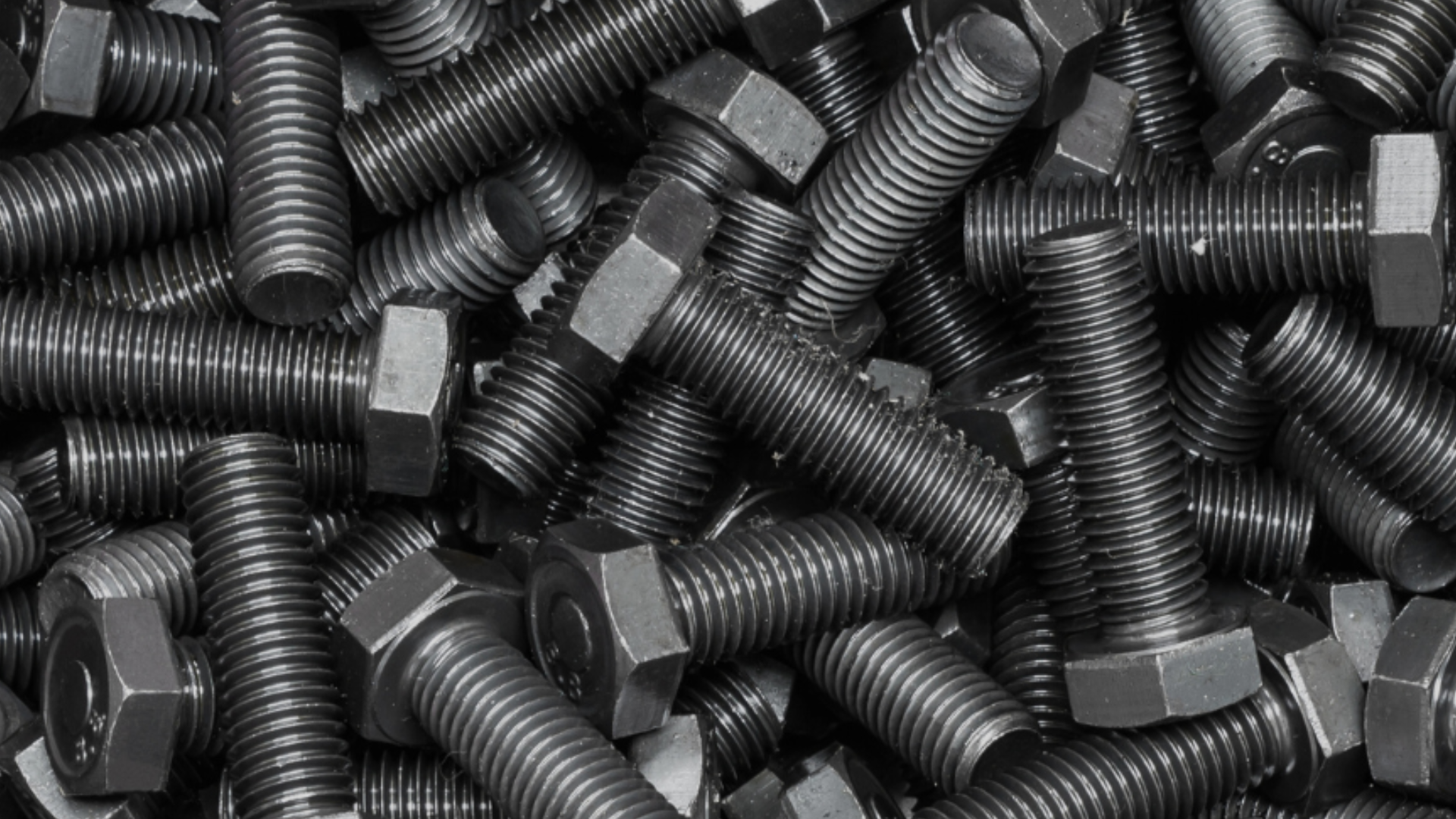In the world of manufacturing, choosing the right material for your parts is crucial. Two commonly used materials, aluminum and steel, often find themselves in the spotlight. But which one is better? In this article, we will decode the distinctions between aluminum and steel, exploring their weight, strength, cost factors, corrosion resistance, durability, thermal properties, magnetism, and weldability. So, grab your helmets and let the battle begin!
Table of Contents
Decoding the Distinctions: Aluminum vs Steel
Comparing the Weight of Aluminum and Steel
First up, let’s talk about weight. Imagine if cars were as heavy as elephants or airplanes as light as feathers. Well, that’s the difference between aluminum and steel. Aluminum, known for its lightweight nature, is like a featherweight champion in the world of metals. On the other hand, steel, like a heavyweight boxer, boasts incredible strength but carries some extra pounds. So, if weight is a crucial factor in your parts, consider aluminum for a lighter load.
When it comes to weight, it’s not just about the overall mass of the material. The weight distribution and balance also play a significant role. Aluminum’s lightweight nature allows for better weight distribution, making it ideal for applications that require precise control and maneuverability. On the other hand, steel’s higher density can provide stability and a solid foundation in heavy-duty applications.
Unveiling the Strength Differences: Aluminum vs Steel
Strength is the name of the game, and in this corner, we have steel flexing its muscles. Steel is a rock-solid material that can withstand tremendous amounts of pressure. Whether you’re building bridges or spacecraft, steel has got your back. However, don’t underestimate aluminum. It may not have the brute strength of steel, but it can hold its own, especially in applications where weight is a concern. So, when it comes to strength, it’s a heavyweight vs a nimble fighter.
Strength is not just about raw power; it’s also about flexibility and resilience. Aluminum’s inherent flexibility allows it to absorb and distribute forces more effectively, making it suitable for applications that require impact resistance. Steel, on the other hand, excels in applications that demand high tensile strength and rigidity, such as structural components and load-bearing structures.
Analyzing the Cost Factors: Aluminum vs Steel
Now, let’s talk about the moolah! When it comes to cost, it’s important to evaluate the overall production expenses. Steel, with its prevalence and well-established manufacturing processes, tends to have a lower upfront cost compared to aluminum. However, don’t get too excited just yet. Remember, the lightweight nature of aluminum means you’ll need less material to achieve the same functionality, resulting in potential cost savings in the long run. So, it’s not just about the price tag you see upfront, but the overall cost of the battle.
Cost considerations go beyond the material itself. Factors such as fabrication, machining, and finishing processes also contribute to the overall cost. Aluminum’s excellent machinability and formability can reduce production time and costs, while steel’s higher strength may require additional processing steps and specialized equipment, adding to the expenses.
Battling Corrosion: Aluminum vs Steel
Corrosion, the nemesis of all metals. No one wants their hard-earned parts to rust away, right? In the ring, we have aluminum, the rust-resistant warrior. Aluminum naturally forms a protective oxide layer that keeps corrosion at bay. On the other side, steel may put up a fight, but without proper treatment, it can succumb to rusting. So, if your parts are going to face the elements, aluminum might just be the hero you need.
Corrosion resistance is not just about the material’s ability to withstand rust. It also involves the compatibility of the material with different environments and exposure to various chemicals. Aluminum’s corrosion resistance extends to acidic environments, making it suitable for applications in industries such as marine, automotive, and construction. Steel, on the other hand, can be protected through coatings, galvanization, or alloying, making it a versatile choice for a wide range of applications.
Durability Showdown: Aluminum vs Stainless Steel
When it comes to durability, it’s time to shift gears and bring stainless steel into the mix. Stainless steel is like a mythical creature that combines the strength of steel with the corrosion resistance of aluminum. It’s tough, it’s sturdy, and it can handle whatever you throw at it. So, if you’re looking for a material that can withstand the test of time, stainless steel might be your knight in shining armor.
Durability is not just about withstanding physical forces; it also involves factors such as fatigue resistance, wear resistance, and long-term performance. Aluminum’s lightweight nature can provide excellent resistance to fatigue, making it suitable for applications that require repetitive loading cycles. Stainless steel, with its high strength and resistance to wear, is commonly used in applications that demand durability, such as medical equipment, kitchen appliances, and architectural structures.
Heat Matters: Thermal Properties of Aluminum and Steel
Metal can get pretty heated in the battle against temperature. In this corner, we have aluminum, the lightweight contender with excellent thermal conductivity. That means it can heat up or cool down quickly, making it ideal for applications like heat sinks or cookware. On the other hand, steel takes a bit longer to warm up but retains heat longer once it does. So, depending on your part’s heat requirements, choose your champion wisely.
Thermal properties play a crucial role in applications where temperature management is essential. Aluminum’s high thermal conductivity allows for efficient heat transfer, making it suitable for heat dissipation and thermal management applications. Steel’s lower thermal conductivity, on the other hand, can provide insulation and heat retention, making it ideal for applications that require heat retention or resistance to thermal expansion.
Magnetic or Not? The Truth about Aluminum and Steel
Let’s put the magnetism debate to rest. Aluminum, true to its lightweight nature, is a non-magnetic material. So, if magnets are your thing, aluminum won’t join the attraction. On the other hand, steel has a magnetic personality. It can happily stick to your fridge or any magnetic surface, proving once and for all that opposites do attract. Remember, it’s not just about functionality but the magnetic charm too.
Magnetism can be a critical factor in certain applications. Aluminum’s non-magnetic properties make it suitable for industries such as electronics, where magnetic interference can cause issues. Steel’s magnetic properties, on the other hand, are advantageous in applications such as magnetic shielding, electrical transformers, and magnetic storage devices.
Joining Forces: Weldability of Aluminum and Steel
Now, let’s talk about joining forces. Weldability is an essential factor when it comes to creating complex structures. Aluminum, with its low melting point, can be easily welded using various techniques. However, steel, being a bit stubborn, requires special welding processes and may require preheating. So, if welding is in the cards, consider the compatibility of your chosen material.
Weldability goes beyond the melting point of the material. Factors such as the formation of brittle intermetallic compounds, heat-affected zone, and distortion during welding also need to be considered. Aluminum’s excellent weldability allows for the creation of strong and reliable joints, making it suitable for applications that require seamless integration. Steel’s weldability, although more challenging, can be enhanced through proper welding techniques, ensuring the structural integrity of the joints.
Exploring the Applications: Aluminum vs Stainless Steel
Evaluating the Environmental Impact of Aluminum and Stainless Steel
Now that we’ve witnessed the fierce battle between aluminum and steel, let’s analyze their impact on our environment. Aluminum, known for its recyclability, can be melted down and reused without losing its strength. This makes it an eco-friendly choice for reducing waste. Additionally, the process of recycling aluminum requires significantly less energy compared to the production of new aluminum, resulting in lower greenhouse gas emissions. This not only helps in conserving valuable resources but also contributes to reducing the carbon footprint.
On the other hand, stainless steel, although not as easily recycled as aluminum, boasts a long lifespan, reducing the need for frequent replacement. This durability factor of stainless steel plays a crucial role in minimizing waste generation. Moreover, stainless steel is highly resistant to corrosion, making it suitable for various applications in industries such as construction, automotive, and aerospace. By choosing stainless steel, we can ensure that the materials used in these industries have a longer lifespan, reducing the overall environmental impact.
Furthermore, the production of aluminum and stainless steel involves different extraction processes. Aluminum is primarily obtained from bauxite ore through a process called the Bayer process, which requires significant amounts of energy and water. This extraction process can have adverse effects on the environment, including habitat destruction and water pollution. However, efforts are being made to improve the sustainability of aluminum production by implementing more efficient extraction techniques and recycling practices.
On the other hand, stainless steel is made by combining iron ore with other elements, such as chromium and nickel, through a process known as smelting. While this process also requires energy, advancements in technology have made it more efficient over the years. Additionally, stainless steel can be manufactured using recycled steel, further reducing the environmental impact associated with its production.
So, whether it’s the champion of recycling or the knight of longevity, both materials strive to protect our precious planet. By considering their recyclability, durability, and extraction processes, we can make informed choices that align with our environmental goals.
In conclusion, the battle between aluminum and steel is one for the ages. Aluminum may be lightweight and corrosion-resistant, while steel brings brute strength and lower upfront costs. Stainless steel, on the other hand, combines the best of both worlds, making it a formidable opponent. When it comes to choosing the right material for your parts, consider their weight, strength, cost factors, corrosion resistance, durability, thermal properties, magnetism, and weldability. Remember, whether it’s a featherweight or a heavyweight, the right material can make all the difference in your manufacturing journey.



